
Rare Disease
Latest News
Latest Videos

Podcasts
CME Content
More News

How Health Systems, Pharmacy Teams Tackle Rare Disease Therapy Barriers: David Mitchell, PharmD, MBA
David Mitchell, PharmD, MBA, senior pharmacist manager and assistant clinical professor at UC Davis, addresses how health systems are overcoming financial, operational, and access challenges for patients with rare diseases.
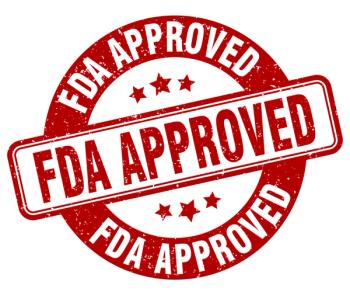
The approval makes donidalorsen the only treatment in the US for hereditary angioedema that is an RNA-targeted prophylactic.

Today, the FDA issued a complete response letter (CRL) for vatiquinone (PTC Therapeutics), delaying its potential approval as a treatment for Friedreich ataxia amid efficacy concerns.

Children with spinal muscular atrophy (SMA) showed motor function improvements after switching to onasemnogene abeparvovec following prior treatment with nusinersen or risdiplam in a real-world study.

Dordaviprone (Modeyso) is now approved to treat recurrent H3 K27M-mutant diffuse midline glioma, an ultra-rare, aggressive brain tumor primarily affecting children.

Explore 5 rare genetic and neurological disorders named after pioneering women in medicine, highlighting their significant contributions to previously unknown conditions.

Several rare disease patient populations received their first-ever FDA-approved drug since Rare Disease Day last year, signifying progress in closing treatment gaps for rare disease.

Adult and pediatric patients with neurofibromatosis type 1 who have symptomatic plexiform neurofibromas that are not amenable to complete surgical resection are indicated in the approval.

Put up against placebo in the phase 3 EMBARK trial, delandistrogene moxeparvovec (Elevidys) did not significantly improve function after 52 weeks.

Perspectives of patients with spinal muscular atrophy (SMA) and their caregivers should be weighed before making decisions around SMA-enhancing treatments.

Oral function should be measured routinely to determine individual bulbar involvement stages in spinal muscular atrophy (SMA).

Investigators say thrombospondin-4 levels were reduced in patients with symptoms of spinal muscular atrophy (SMA), but levels of the protein increased after therapy.
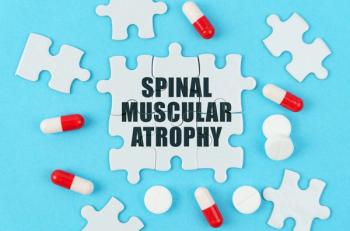
Patients aged 2-21 receiving apitegromab showed clinically meaningful motor function improvements, with a favorable safety profile consistent with long-term data, as Scholar Rock prepares for US and EU regulatory submissions in Q1 2025.

Less than a third of FDA-mandated trials for drugs approved between 2015 and 2021 had been completed by May 2024.

A retrospective analysis on newborn screening for spinal muscular atrophy (SMA) provides further evidence for the benefits of early identification and treatment of the disease.

A recent analysis investigated the state of metabolic disruption experienced by patients with spinal muscular atrophy (SMA), adding to the literature on nutritional and metabolic complications linked to SMA.

Clinical decision-making can be difficult for patients with SMA due to the lack of clinical trials comparing treatment options.
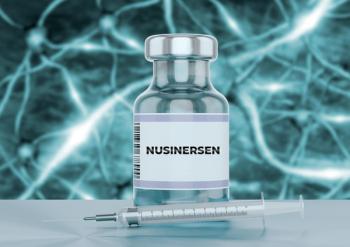
Higher-Dose Nusinersen Meets Primary End Point in Phase 2/3 DEVOTE Study for Spinal Muscular Atrophy
Based on the positive topline data, the company plans to submit for regulatory approval for a higher dose of nusinersen for spinal muscular atrophy (SMA) treatment.

Findings from an Italian cohort suggest that nusinersen may benefit fatigue measures in patients with spinal muscular atrophy (SMA) type III; however, drawing definitive conclusions in this area remains difficult.
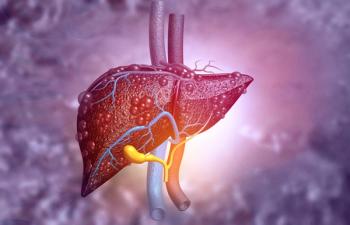
A retrospective, single-center cohort study utilized liver ultrasound, serum collection, and proteome analysis to draw associations between spinal motor neuron (SMN) protein depletion and heightened risk for fatty liver disease in spinal muscular atrophy (SMA).

In honor of Spinal Muscular Atrophy (SMA) Awareness Month, Abraham Homer, MS, the gaming technology supervisor and creative technologist at Children's Hospital Colorado, shared how virtual reality transformed care for patients with SMA.

The extension of the TOPAZ study provided support for the long-term benefits and safety of apitegromab therapy in patients with spinal muscular atrophy (SMA) at 36 months.

Momelotinib was given category 2A and 2B status for patients with high- and low-risk myelofibrosis (MF) and MF with anemia. However, ruxolitinib retains a higher category of recommendation as a treatment for patients with MF.

The most-read rare disease articles include topics on increasing research and awareness on genetic and nongenetic rare diseases.
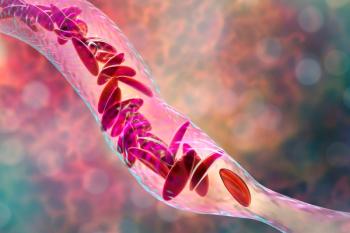
A recent study found that uptake of disease-modifying therapies (DMTs) has been low among patients with sickle cell disease, suggesting that more interventions that consider individual patient characteristics are needed to improve adoption.




















































